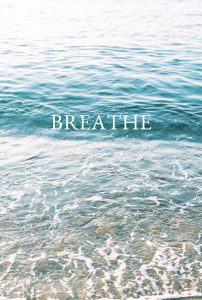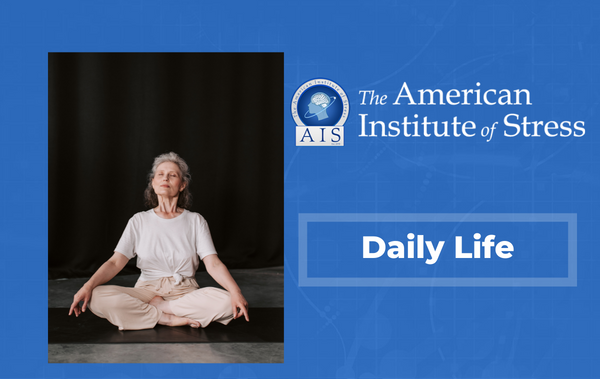Are you trying to cope with stress and anxiety? Take a deep breath – or several. 
Pausing a few times each day to focus on your breathing can help you feel better, physically and psychologically, studies show.
Doctors regularly counsel patients with pulmonary disease to use breathing exercises that help keep airways open and lungs working efficiently. But now, as the number of people who suffer from stress and anxiety is rising, more are turning to controlled breathing to help them feel better.
What breathing exercises have in common is the goal of making airflow into the lungs more efficient and less difficult. When breathing is irregular, the air entering the lungs is more turbulent, which creates more resistance. When breathing is regular and efficient, air gets into the lungs in what’s called a laminar flow, which means the air coming in is constant and consistent.
The concept of turbulent and laminar airflow isn’t just found in health care. Engineers strive for more efficient laminar flow in everything from air conditioning systems to aircraft design. What works best for lungs also works for wings.
 Types of Breathing Exercises
Types of Breathing Exercises
Here are three simple breathing exercises you can try:
- Pursed Lip Breathing. This exercise is particularly helpful in improving air flow into your lungs by making it smoother and more efficient. It’s easy: Simply breathe in through your nose and slowly and gently exhale through pursed lips. Try to make the exhale last twice as long as the inhale. An easy way to remember this exercise: Smell the roses and blow out the candles.
- Square Breathing. It’s called square or box breathing because it has four equal steps, all using a count of four: Breathe in four 4 seconds, hold the breath for 4 seconds, exhale for 4 seconds, then wait 4 more seconds before starting again.
- Arm Swing Breathing. Breathe in through your mouth, put your arms back like you’re making wings and then exhale through your mouth while swinging your arms forward.
Remember to stop what you’re doing if you ever start to feel dizzy or lightheaded while doing these exercises.
Benefits of Intentional Breathing
Exercises are designed to make your breathing more intentional, which offers both psychological and physiological benefits.
Psychologically, it calms your mind —, particularly for people who are prone to anxiety and stress — and helps you focus.
Physiologically, breathing exercises can help lower your blood pressure, clear out your lungs and even improve your quality of sleep.
Making Time for Breathing Exercises
You have a lot to remember during a busy day of your job, kids, errands and what seems like a hundred other obligations.
The beauty of breathing exercises is they take so little time. You just have to be deliberate about taking a 1-minute break to duck into a quiet space and do your exercises. Even a bathroom break can be an ideal time to get in a little pursed-lip breathing.
Just that brief amount of time can help reset the day and change the way you’re feeling by signaling your body to calm itself.
Remember the Bigger Picture
Regular breathing exercises are helpful, but they’re just part of a much larger picture.
Good lung health also depends on aerobic conditions and strength training. There’s a clear correlation between flexibility, muscle tone and lung efficiency.
The lungs love it when you move. They love being upright. There isn’t a lot of mysticism about lung health — it’s about moving.
Photo by Olya Kobruseva: https://www.pexels.com/photo/the-word-breathe-as-concept-in-saving-earth-5244514/

 Types of Breathing Exercises
Types of Breathing Exercises By
By 